In time for RSD - Mulligan Meets Monk in Mono
Exclusive 3000 Copy Release for Record Store Day – Saturday April 12, 2025
Having owned a couple of copies of Mulligan Meets Monk, I’ve always felt that the stereo record magnified the differences between these two musicians by featuring them on different channels and casting too much of a spotlight on Mulligan’s sax. As good as those copies sound, including the 1980’s OJC LP and the AP 45 from the ‘90s, I had little experience with the mono recording that was made in the studio at the same time, except for a Fantasy SACD. So, when I heard this LP was going to be released on Record Store Day April 12th, I was looking forward to hearing it.
This album’s always been kind of a sleeper, not just because it contains mellow music, but because it’s rarely discussed with the same reverence as some of the more famous “X meets Y” records. Perhaps it seemed improbable at the time that mating two such divergent styles of jazz would result in an album that would be anything more than the sum of its parts, as good as those parts were.
Instead, when Mulligan Meets Monk was released in 1957, it provided a unique blend of innovative artistry by two masters who sounded like they’ve been playing together for a while, when in fact this union was scheduled on the fly over two nights between the recording sessions that resulted in Monk’s Music and Mulligan Meets Stan Getz.
Mulligan Meets Monk could have easily been titled West Meets East, or Cool Jazz Meets Bop since it documents the only recording of these two giants from opposite coasts and genres playing together in a small setting as their careers were on the rise. Perhaps unsurprisingly, Gerry Mulligan and Thelonious Monk had known and respected each other during the time they spent together in New York in the late ‘40s.
As jazz fans know, these two went on to become masters of their respective instruments. Mulligan became famous for his baritone sax used in association with the “west coast sound”, which was an outgrowth of modal jazz, best appreciated on the Miles Davis and Bill Evans masterpiece Kind of Blue. Being a flag bearer of the breezy style of “cool” jazz that was happening in California, along with others like Chet Baker, he carried the torch into more adventurous territory as he became better known.
Meanwhile, Monk and his piano stayed in the New York City area, where he was already an icon, moving from “be-bop” to “bop” as he perfected his iconoclastic “off key” trips across the keyboard. On first listen, Monk’s tunes can sound jarring or a bit odd, yet this surprising style of music would somehow become indefinably resolved by the time the tune was over. Genius is like that.
When Riverside producer Orrin Keepnews had the idea of putting these two players together in the same studio, the connection was obvious. Instead of what might have been discordant tension, the result was a melodious meeting full of mutual respect with each player making enough space for a swinging interplay to unfold.
Reportedly, this album, with Jack Higgins as the recording engineer, was originally intended to be split between quartet and big band backing, but the first session went so well that they came back the next day and finished it with Monk’s superb rhythm section featuring bassist Wilbur Ware and drummer Shadow Wilson. Good choice.
Another good choice was made by Craft Recordings to release this album in mono for Record Store Day 2025. Listening to this music on a promo copy the week before RSD, Mulligan and Monk seem more on the same page in mono. There is a jelled integration of the two filling in the spaces of each other’s playing. The result is a groove that has more of a united drive. I feel this effect is minimized on the stereo LPs. Plus, the cover Craft chose is unique, replicating the simple graphics used on the now rare original mono LP, which was quickly replaced with a cover featuring a photo of the duo in the studio used on the stereo records. It’s a nice touch.
For most of us, it’s the sonics that are what matters most on any reissue. Good for us that this Craft RSD vinyl has it in spades. Mulligan’s sax resonates from suitably raspy to melodically rich throughout this LP, portrayed at a volume equal to Monk’s keystrokes that run from sharp jabs to improvised runs. Both instruments are reproduced with a believable tonality and mid-range that is never hard nor thin. Bass notes plumb the depths in a tight and natural way, and the drum kit sounds in the room, being especially well defined on the standard, “Rhythm-A-Ning”.
Even in mono, there is enough reflected sound off the back wall to give the listener a sense of the medium-sized Reeves Sound Studio in New York. With classic jazz tunes like “Round Midnight”, “Sweet and Lovely”, “Decidedly” and “Straight No Chaser”, it’s a winning (if improbable) combination that complementarily blends their unusual styles together.
Master is an overused word, but on this mono Craft LP, it applies in full to both Mulligan and Monk. It’s also a fun listen. Recommended.

# # #
Article Copyright 2025 Randy Wells. All Rights Reserved.






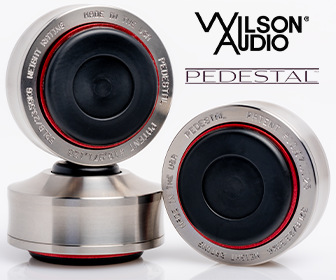


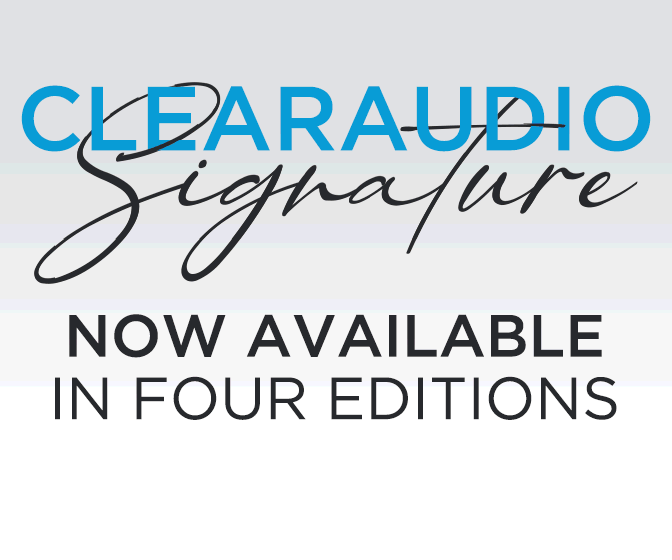

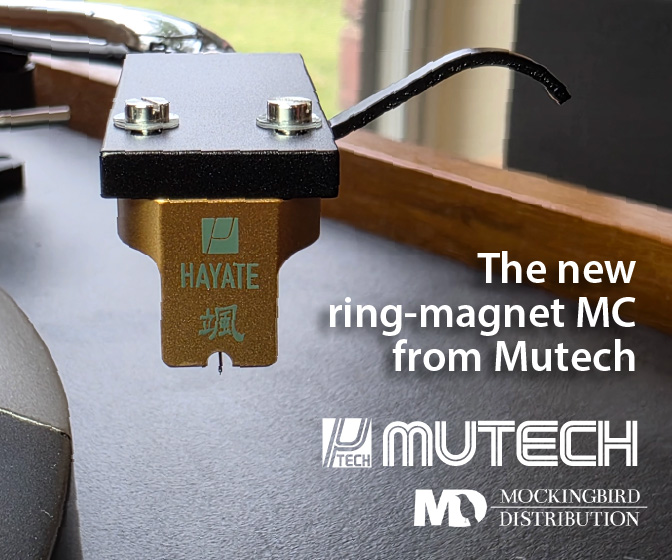
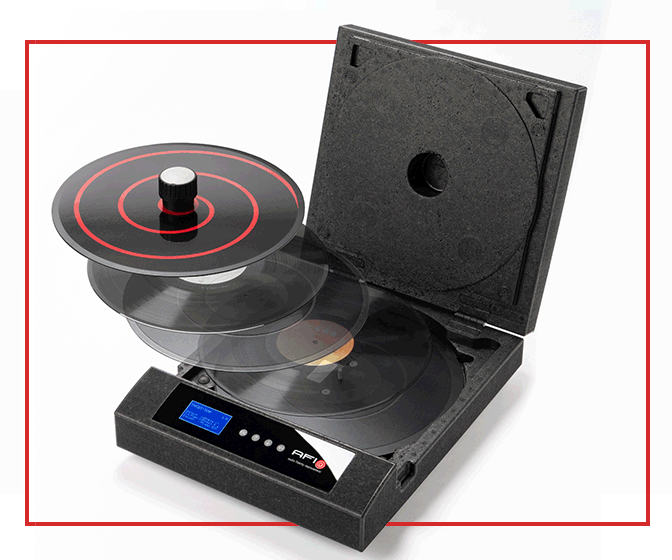
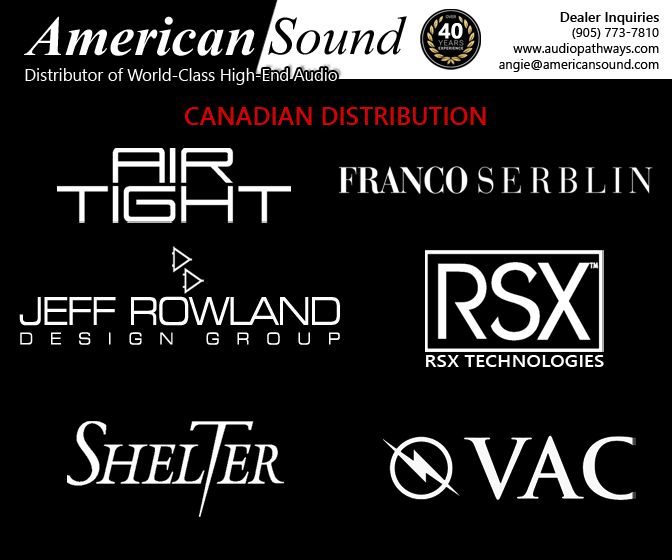
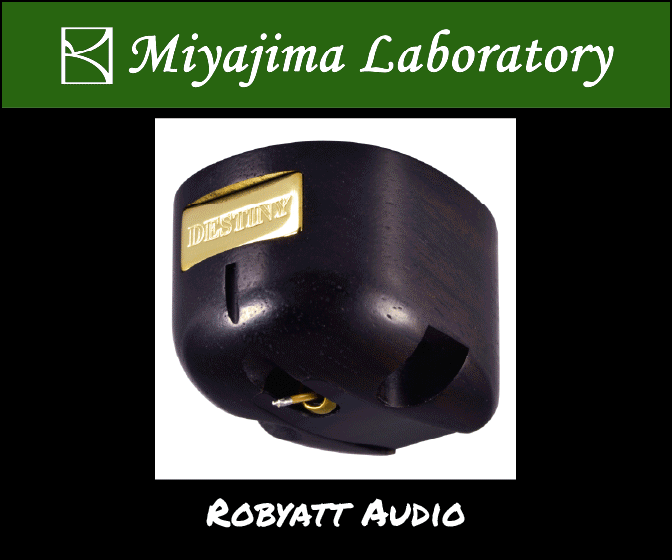
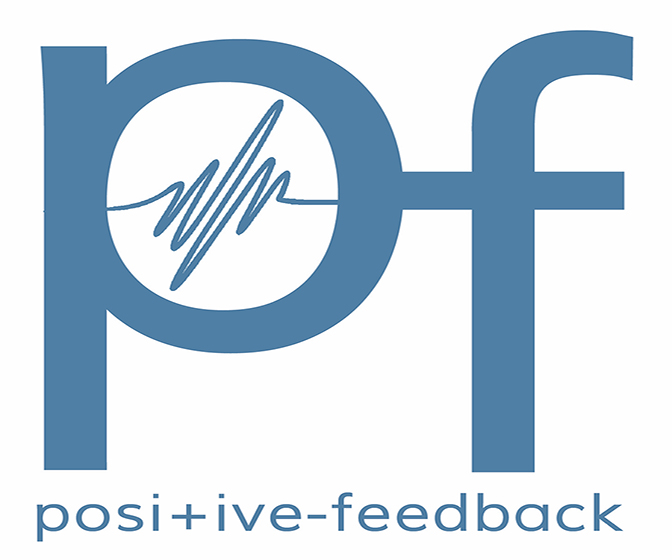




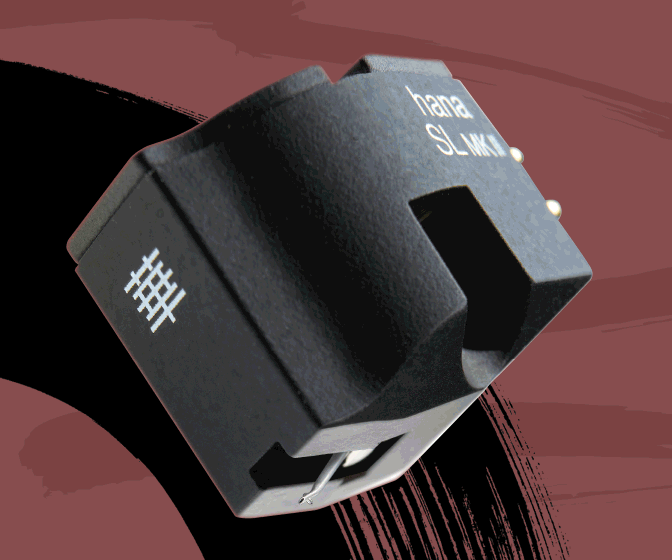
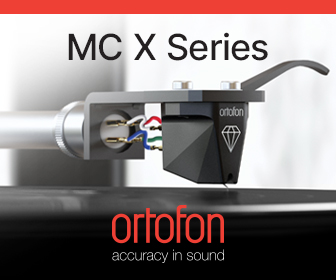
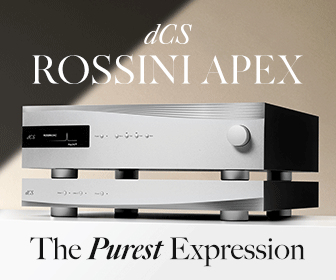
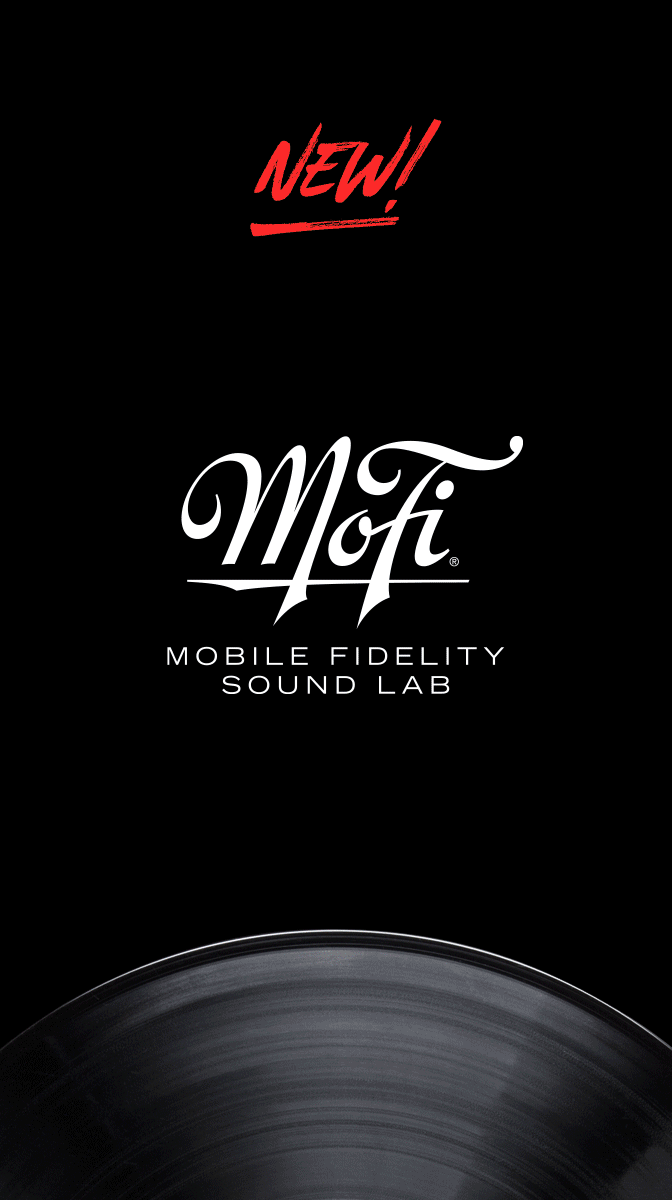

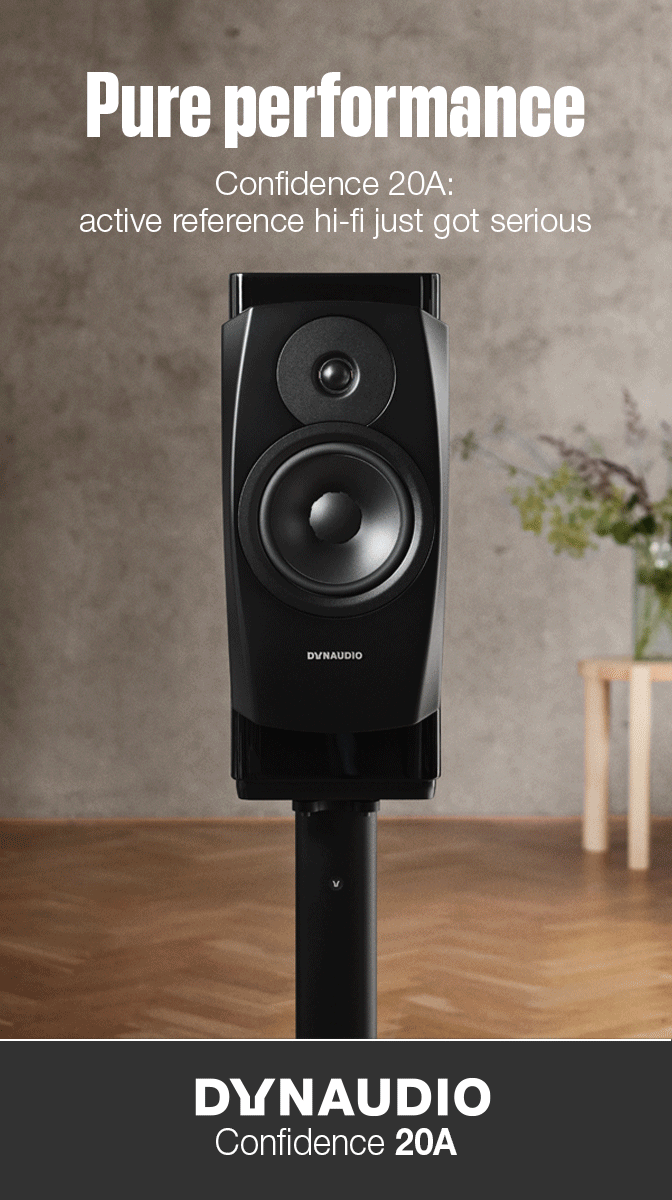

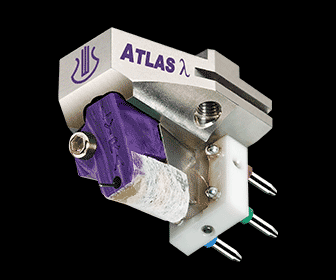

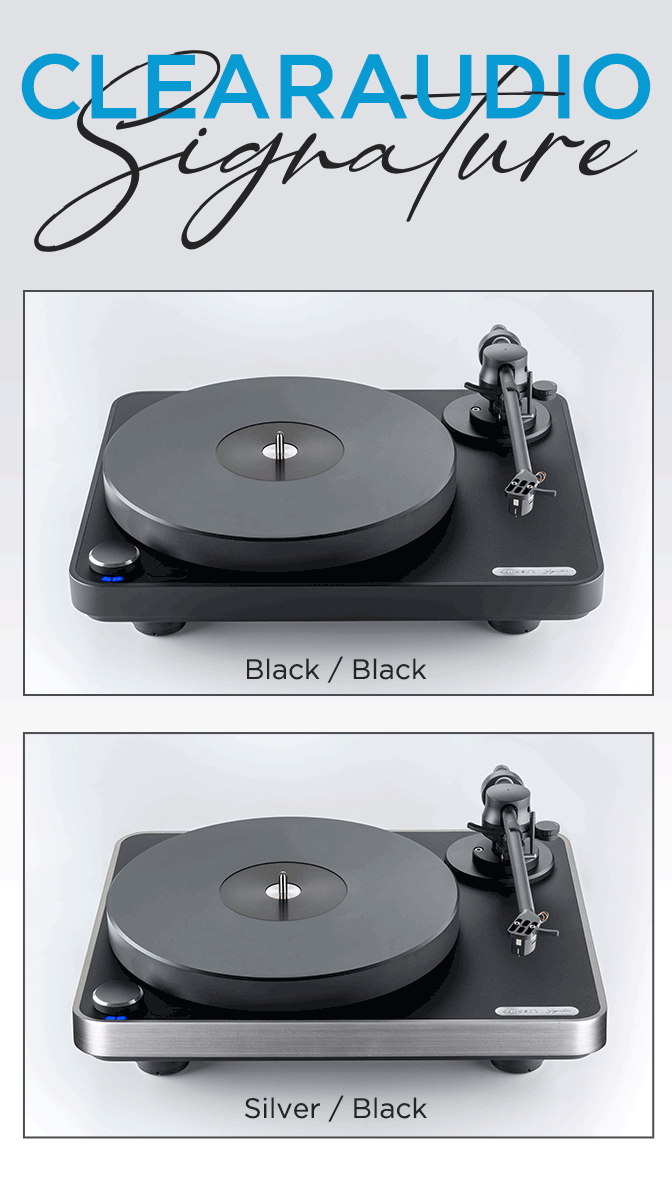
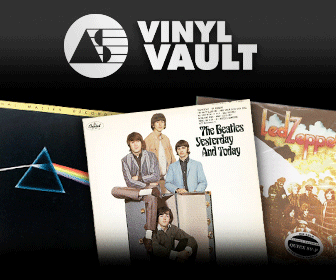

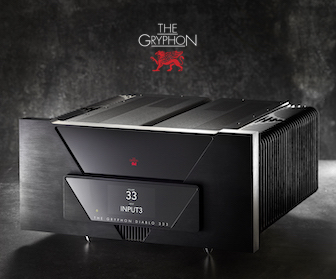
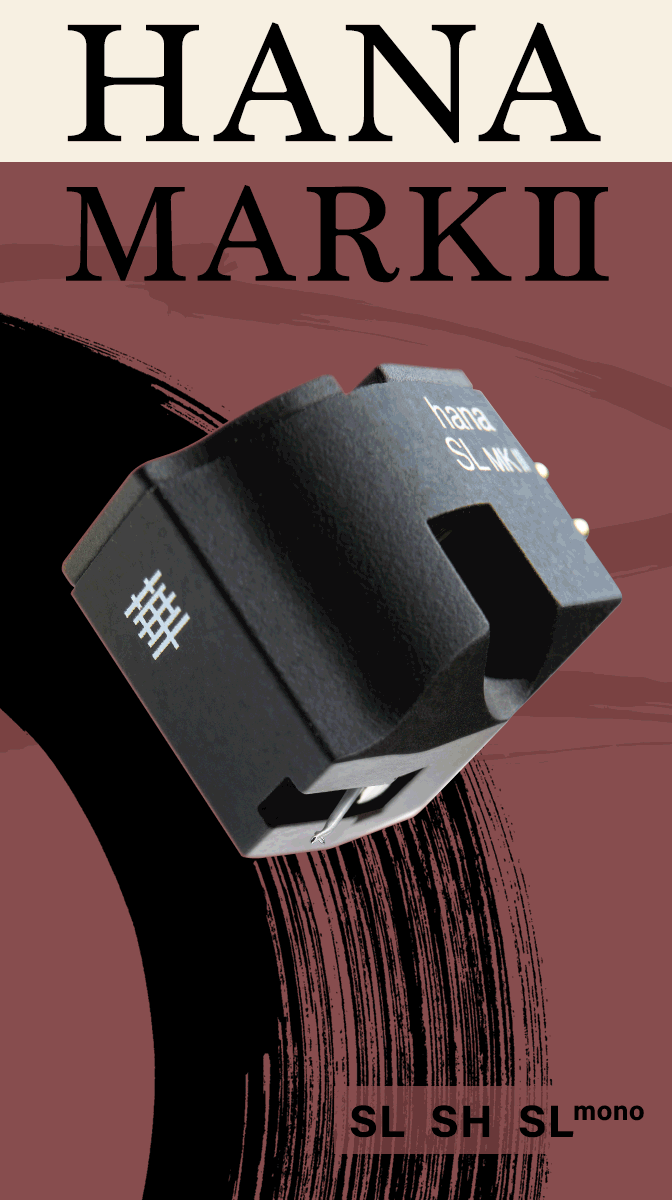


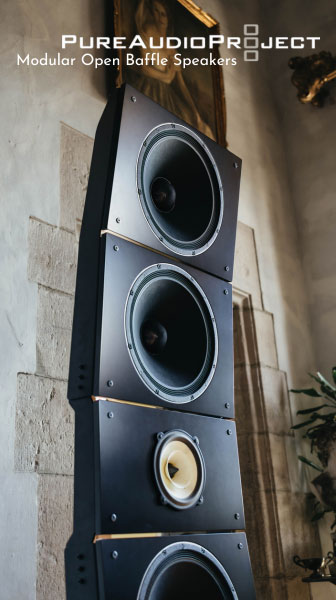






.png)








